Occurring between 264 to 146 BCE, the Punic Wars were some of Rome’s first skirmishes on an international level. Roman territory at this time was still restricted to the Italian peninsula, and had only recently consolidated her holdings south of the Arno River. International involvement at this time wasn’t really intentional, it started by trying to help out a friend, but as two growing commercial powers with energy to burn, conflict between these two rising powers was inevitable and the Mediterranean just wasn’t big enough for the two of them.
So who were they? They weren’t Punes, that would just be mean. They were Carthaginians from Carthage, an African settlement of traders originally from Phoenicia. That’s where we get “Poenus”, and thanks to the wonderful intricacies of Latin we get the adjective form of “Punic” and hence the Punic Wars.
We know that Carthage was a strong commercial center with colonies in Spain, Sicily, and along the African coast. The military was primarily made up of mercenaries and led by professional Carthaginian commanders. Literature and records of Carthaginian life were for the most part wiped out. The wars with the Romans were bloody and drawn out, and in the end Romans prevailed completely.
Act One: The First Punic War 264-241 BCE – “What’s mine is definitely not yours”
When Carthaginians were brought to Sicily to help with a seige, then wouldn’t leave when the invitation was up, Campanian mercenaries turned to Rome for help. The Roman muscle arrived and the Carthaginians took off. But as they left, the Carthaginians must have looked over their shoulder and said “Wait a second” and decided to recapture Sicily. Fought primarily at sea, the standard procedure of the time was to hook the opposing ship and rush aboard to fight hand to hand and overwhelm them with force. Romans built a fleet to complete with the navel abilities of Carthage and were successful on land as well as the sea. However, an attempt to invade Africa backfired and it was eight more years before the Romans could definitively claim victory.
I took a quick screen shot from GoogleEarth to illustrate the locations of Rome, Sicily and Carthage.
Act Two: The Second Punic War – “Hannibal ad portas!” 218-202 BCE
The Second Punic War introduces one of the most intriguing characters in all of Roman history. Hannibal’s story is one for another post, but the telling of the Second act is largely a retelling of his life. At the close of the First Punic War, the Romans set harsh reparations against the Carthaginians, and restricted their territory in Spain to the Ebro River, all except the town of Saguntum, which would remain under Roman protection.
If Hannibal started the conflict you could say the Romans didn’t try very hard to stop him by leaving by Saguntum so vulnerable. He attacked Saguntum in 218 BCE and preceded to confound the Romans and every historian after in a 16 year series of bold and daring maneuvers, almost all of them conducted in Roman territory. He and his army danced through Roman territory, pillaged the country side and came close enough to nearly knock on the gate of Rome itself. Lack of funding and support eventually forced him to retreat to Carthage where he was pursued to defeat by the Romans at Zama in 202 BCE.
And the Third – “Carthage must be Destroyed”
Despite harsh sanctions and loss of significant territory, Carthage was still a bur under the Roman saddles. Wary of the possibility of a Carthaginian uprising Cato stood before the senate and warned that Carthage was only three days away by boat and still posed a threat. When Carthage breached a treaty by taking up arms against the Numidians, Rome dispatched an army that succinctly destroyed the city within three years.
The Punic Wars brought changes to the Romans, even in victory. Act One put the military in a prominent new role and increased the amount of funding necessary to keep the forces well supplied. Act Two left the country side in shambles and brought the populations flocking into the city looking for work and protection. Not everyone found work and that created poverty and unemployment inside the city walls as well as left the country side unoccupied and unproductive. Act Three declared Rome a regional power as they absorbed all of Carthage’s territory and almost over night provided new commercial opportunities as well as wealthy provinces that needed competent and trustworthy governors. When everything was said and done, the Rome of the early Republic was long gone. Rome was now involved in Europe, Africa and Asia and was headed towards many internal changes as well.

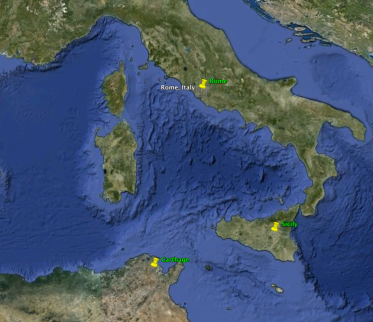
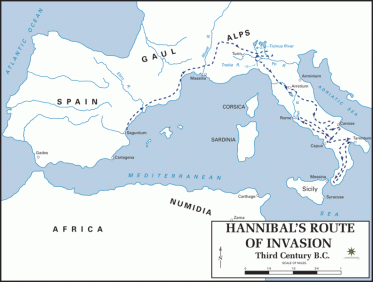
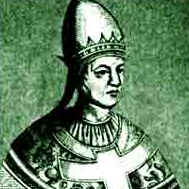
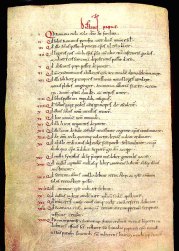
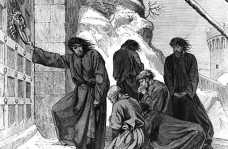
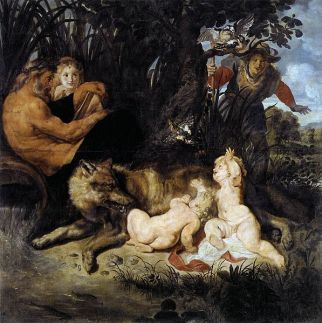
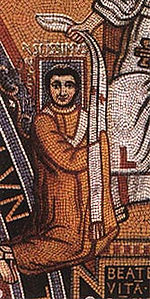
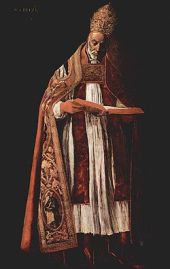
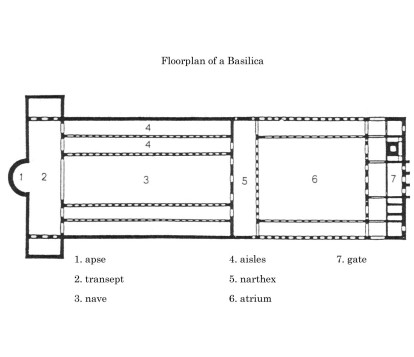
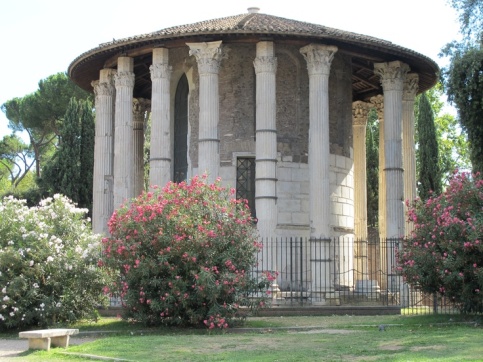

 rtray a given subject comes through in his handling of a wide variety of subjects.
rtray a given subject comes through in his handling of a wide variety of subjects.